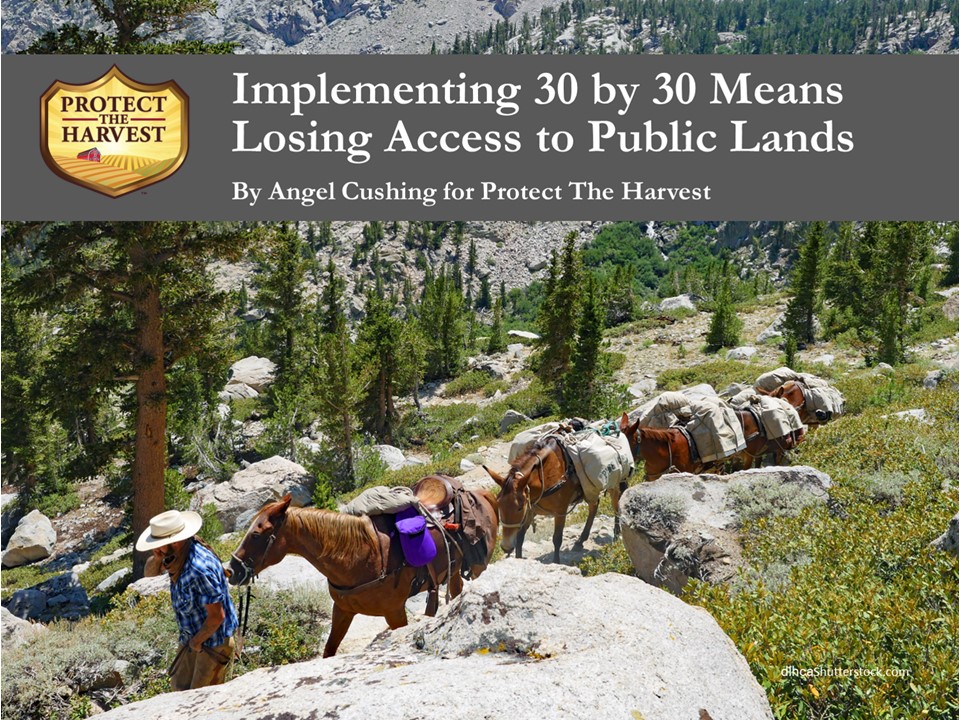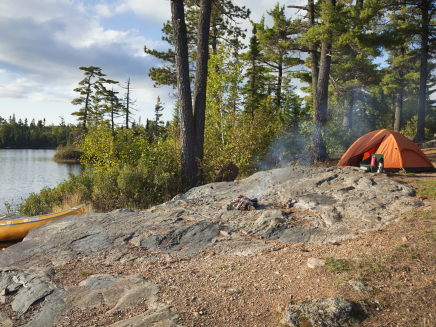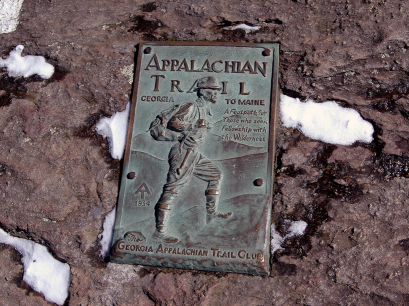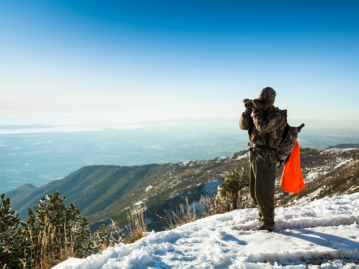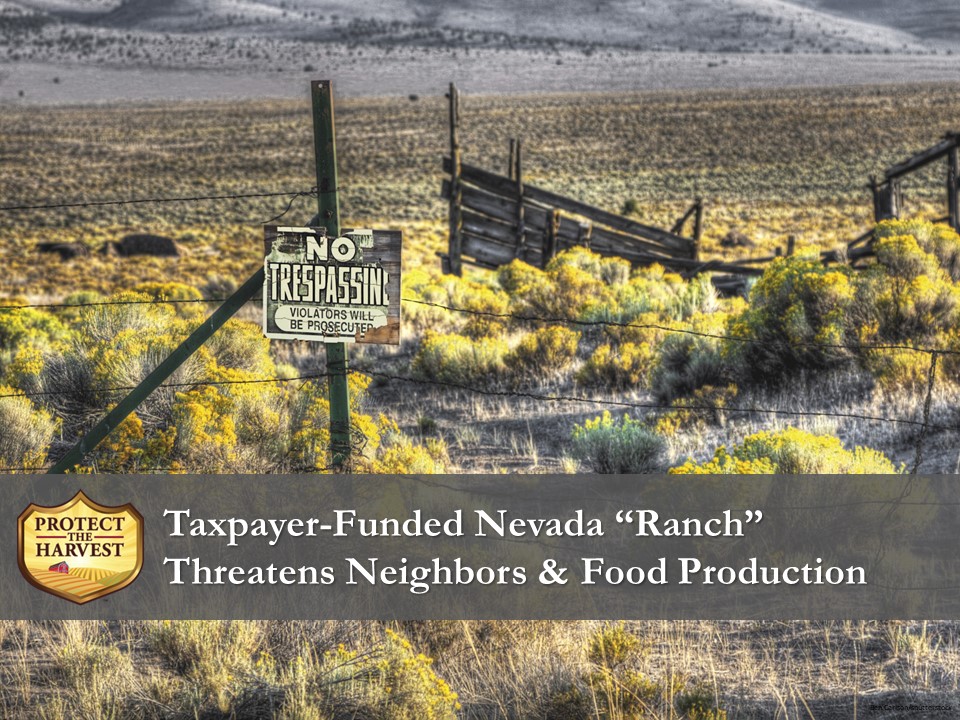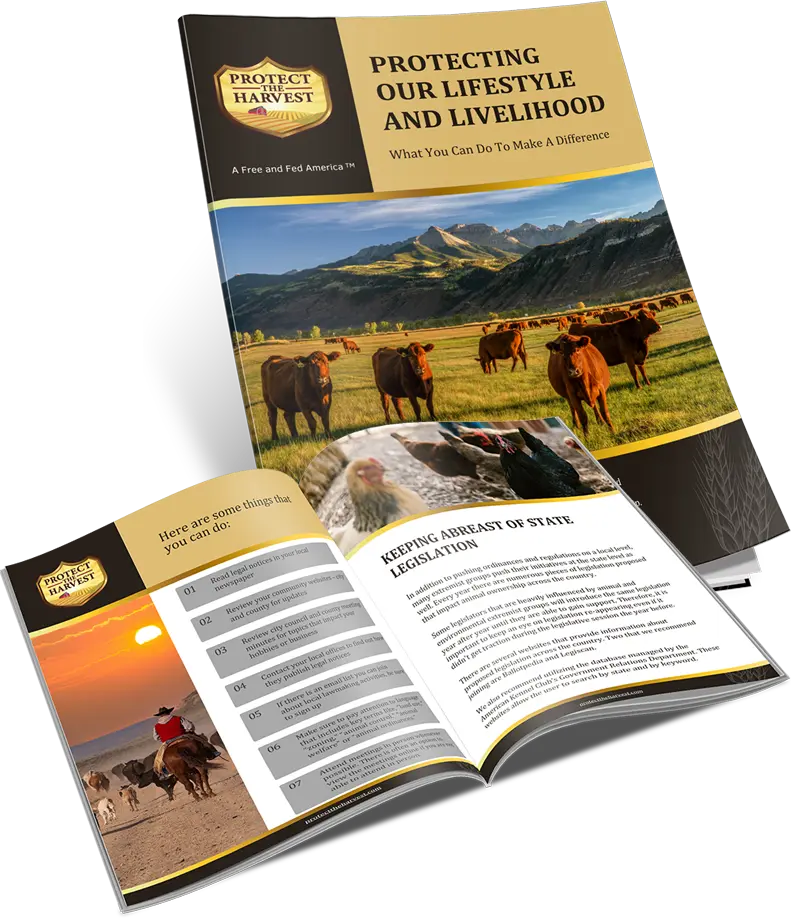Implementing 30 by 30 Means Losing Access to Public Lands
By Angel Cushing for Protect The Harvest
On January 27th of 2021, President Biden signed an executive order called “Tackling the Climate Crisis at Home and Abroad.” This order directs American and international policies toward the reduction and elimination of fossil fuels. It also directs all federal agencies to participate in the preservation of 30 percent of United States lands, and 30 percent of U.S. waters.
Many people wonder what strategies and policies will be created to meet the goal of locking up 30% of the United States into preservation by 2030.
Over the last 60 years, Congress has provided strategies to federal agencies and their special interest partners to implement 30 x 30. Many of those strategies have become well-funded policies. Millions of acres of federal lands are constantly undergoing Areas of Critical Environmental Concern and planning evaluations in an effort to lock the public out of 30% of the United States by 2030.
Sharetrails/Blue Ribbon Coalition – A Response to Loss of Public Access
Conveniently for those wishing to deny public land access to the public, there is no known database keeping track of closed and restricted-use areas of federal land. Additionally, there is no known area of federal lands that has had public access or recreation expanded since Congress passed the Federal Land Policy Act of 1976.
In response to this incremental loss of access to public lands, the Sharetrails.org/ Blue Ribbon Coalition was formed. According to their website:
“Sharetrails.Org/BlueRibbon Coalition (BRC) is a respected national recreation group that champions responsible use of public and private lands and encourages individual environmental stewardship. With members in all 50 states, Sharetrails/BRC is focused on building enthusiast involvement with organizational efforts through membership, outreach, education, and collaboration among recreationists.”
Ben Bur, Executive Director at Sharetrails/BRC, explained in an interview that the fact that the government is continuously closing incalculable amounts of public land and therefore
makes it very difficult to determine how many acres of public lands have been taken from the American people.
Monuments and Wilderness Areas Equals Elimination of Public Access
One strategy being implemented is the practice of converting an area of public lands into Monuments, Designated Wilderness Areas, or Preserves. This may be done gradually by incrementally restricting use, or it can be done all at once in the name of protecting a species or habitat.
This strategy of denying access became policy with the passage of the Federal Land Policy Act of 1976. The Federal Land Policy Act of 1976 officially terminated all Homesteading policies that allowed private citizens to acquire and settle lands owned by the United States. It directed the Bureau of Land Management (BLM) to classify areas as Wilderness Study Areas and recommend wilderness designations to Congress.
Some of the uses that are restricted or closed are:
- Closing Hiking Trails
- Closing Roads
- Closing all public camping
- Closing recreational vehicle use
- Banning all motorized vehicles
- Banning livestock grazing
- Banning or restricting hiking and horseback riding
- Denying water access to local towns and ranches
- Closing or restricting mineral and timber harvesting
- Banning all recreation of individuals or groups
- Banning or restricting hunting and fishing
- Banning access to other agencies investigating or providing border security
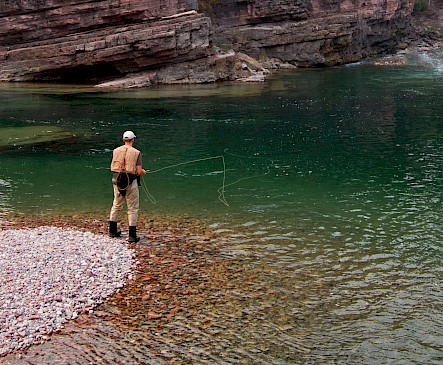
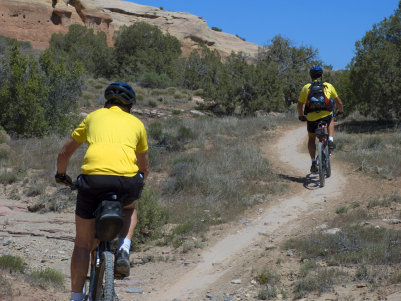
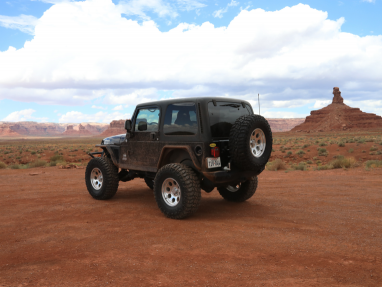
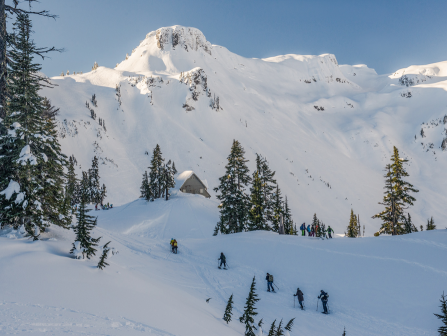
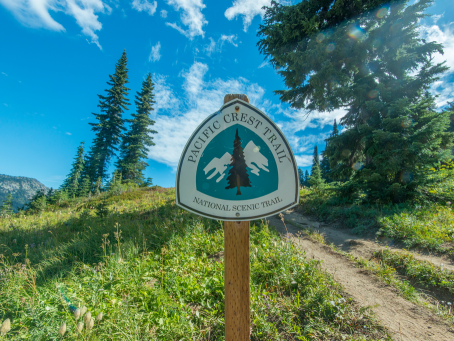
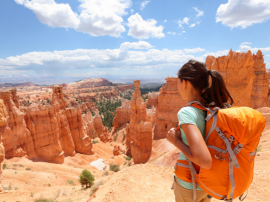
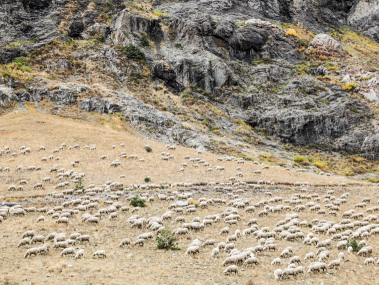
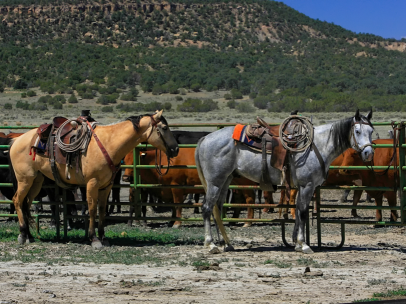
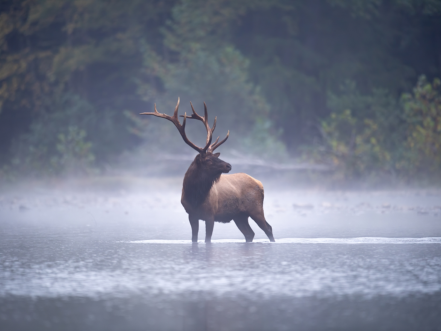
Public Access Bottlenecks
Sadly, members of the public who love and appreciate having access to public lands become unwilling partners in the 30 x 30 preservation scheme. As access is denied, the public begins to gravitate to the fewer choices that remain. This creates a bottleneck effect on the remaining areas.
An example of that bottle-neck effect can be seen in the Temporary Action Request by Kirk Wilson of Glenallen, Alaska. The request asked that an area of federal land in Alaska be restricted during the 2020-2021 hunting season in hopes of improving the moose and caribou harvest rates of subsistence hunters. As a result of the request, 1.5 million acres of BLM-managed lands were closed to nonresidents and some resident hunters. The action request also states that the restriction could be an opportunity for long-term closure of that area. Shortly after the 1.5 million acres were restricted, BLM began receiving action requests from other organizations hoping to restrict access to additional acres.
Checkerboard Access is Problematic
Another example is the pressure placed on private landowners around federal lands by members of the public who love and appreciate having access to public lands. The public lands that are surrounded by private property are rarely closed to the public. Individuals then become tempted to trespass on private property to gain access to the lands they have been encouraged to recreate on. That trespass is a burden to the grazing animals in that pasture. Damage to fences can occur as well as items carried are accidentally dropped and sometimes consumed by the livestock on private property.
This extraordinary effort to enjoy public lands creates resentment between the property owners and members of the public. This results in pressure against the property owner to sell. Usually, it is bought by the local federal land agency or one of their private partners. This aids in the growth of federal ownership of land to maintain the public demand for recreation, while closing public access to other federal lands.
What is Being Done and What You Can Do
The good news is that there are lawmakers in Washington DC who do not agree with the plans of the current administration. In response, the Congressional House introduced The No Land Grab Act of 2021 and the 30×30 Termination Act, while the Senate also introduced its version titled the Termination Act.
You can help by reading the language of the No Land Grab and Termination Acts and informing your representatives about your concerns. They need to hear from you to know that their constituents have concerns about losing access to public lands as well as the impact these plans will have on raising livestock and our food security.
Links
Executive Order On Tackling the Climate Crisis at Home and Abroad HERE
Bureau of Land nt (BLM) Special Planning Designations HERE
Congress – Statute 90 – Federal Land Policy Act HERE
Temporary Action Request HERE
Link to Subsistence Alaska Facebook Page HERE
No Land Grab Act language HERE

